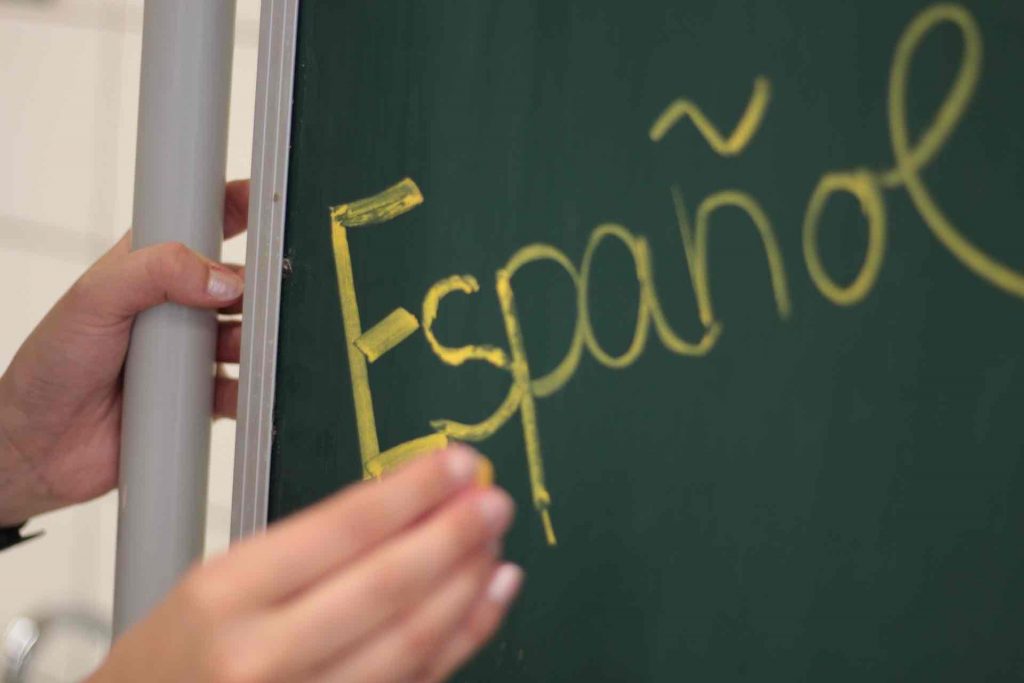Discover below interesting facts about spain for those families coming to live in Spain who have children and are concerned about what sort of education they are going to receive here.
To start off with, you’ll have to decide whether you’re after private education or the Spanish state education.
If you’re interested in private education, you then have to choose between a Spanish private school or an international one.
There are several good, private schools sprinkled throughout Spain – both Spanish and international – many of long standing.
However, in this article, I will concentrate mainly on the free, Spanish state education.
Empadronamiento
If you are settling in Spain and wish your children to attend the local state school, you must first be registered on the Empadronamiento.
This is surprisingly easy and you need not be resident or have a NIE number.
Just go to the local Town Hall (Ayuntamiento) with passports, copy of escritura (deeds) if a property owner, or rental contract if not, and ask to register.
You will be given a Volante de Empadronamiento – a document confirming your entry.
State schools
The Spanish state schools provide free education for children from the age of three onwards, although you do have to pay for all their books.
There is no uniform, but infants are expected to wear a little overall – usually a sort of blue-and-white checked affair.
School hours differ from the UK (sorry, don´t know the school hours in other parts of the world!).
Although hours may vary slightly from region to region, infant and junior schools start at 9 am, break for lunch at either 12 noon or 12.30 pm, recommence at 3 pm or 3.30 pm and finish at 5 pm.
Children can usually stay for school dinners, and there are extra-curricula activities to occupy them during the long lunch break.
In the hot summer months of June and September, school hours are shorter – 9 am until 1 pm – with no afternoon lessons.
Secondary or high school (instituto) hours differ. The youngsters start earlier – at 8 am – and finish about 2 pm, with no afternoon lessons.
Children will certainly enjoy the Spanish school summer holidays as they are quite long!
Younger children receive about 10 weeks and secondary/high-school children, about 3 months! (Did I hear Mum and Dad say they´ve decided against coming to live in Spain!)
Children must remain at school until the age of 16, when they should matriculate by passing their ESO – Enseñanza Secundaria Obligatoria.
You have to pass the whole curriculum, not just individual subjects. At the time of writing, this consists of some 14 subjects and, if you fail three or more, you have to repeat the whole year!
For the academically inclined, after successfully completing ESO comes the bachilllerato course, which you need for university entrance.
Further education
Perhaps your child successfully completes ESO but would prefer a work training course of some sort.
Should this be the case, s/he can opt for one of the numerous formación profesional courses. Tourism, administration, computers, electrical work … there is a wide range to choose from.
Formación profesional (FP) courses come in two grades: middle and advanced. For the middle grade, you will need your ESO; for the advanced, the bachillerato or FP middle grade will be required.
But what about the youngster who has not successfully completed ESO? Well, there are a number of courses called módulos, where s/he can obtain a training, for example telephonist and reception work.
So … perhaps Spain is no different from most other countries: there is a suitable niche for everyone and, if approached with enthusiasm and optimism, it is possible to be succeed, whichever field you choose.

